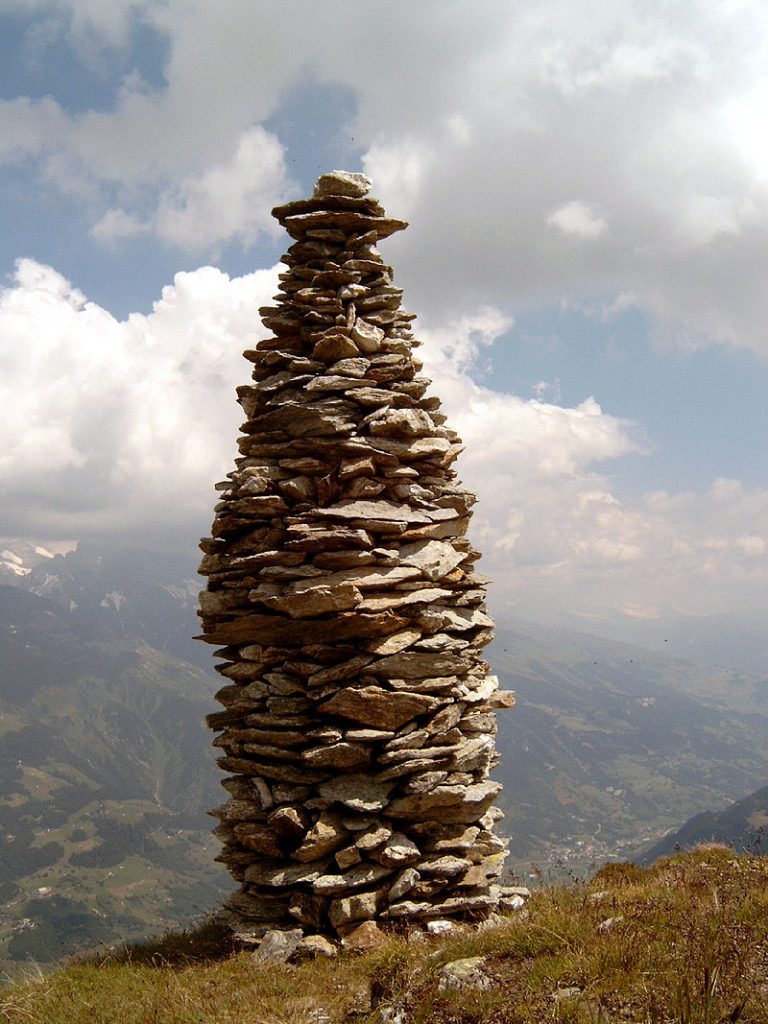The Feud Over the Top of the Mountains
The Rocky Mountains are the longest mountain range in North America, stretching approximately 1,900 miles (3,000 km) north to south in the western United States and Canada. If you’re an outdoor adventuring type, the Rockies provide a seemingly endless supply of challenges. But few, if any, can compare to Colorado’s Mount Massive. With a highest point of 14,428 feet (4,398 meters), it is aptly named — it’s massive. But it’s not the most massive mountain in the Rockies — or even in its own neighborhood. About ten miles south is Mount Elbert, the largest of the Rockies at 14,440 feet (4401.2 meters) tall.
And that made a lot of Mount Massive fans unhappy. So, they tried to change it.
Now, that’s not the easiest thing to do — most of us, even if we work together, can’t literally move the earth and create seismic events resulting in mountains or, even, in 12-foot increases in the height of existing mountains. But what we can do is build cairns — mostly stable stacks of rocks, like the one seen below.

So, that’s what Mount Massive’s fans did. In the 1930s, according to the Deseret News, climbers built a cairn, extending their favorite mountain’s peak above that of the challenger to the south. (That picture comes from Wikipedia and the cairn itself was in Switzerland, but the idea is the same.) Suddenly, Mount Massive was more massive than Mount Elbert.
This victory was short-lived, though — because Mount Elbert had fans of its own. According to “Best Summit Hikes in Colorado,” a guide book on mountain hiking opportunities in Colorado (you probably figured that out on your own), Team Elbert fought back, climbing up to the top of Massive in order to tear down the cairn. Undaunted, the fans of Massive would climb the mountain again, restack the cairn, proclaim victory, and then have their work undone yet again by the Elbert side.
It’s unclear how many times these cairns were built, destroyed, and rebuilt (and destroyed) again. What we do know, now, is that these structures wouldn’t matter by today’s measurement standards. The U.S. Geological Survey, the agency which measures such things, does not consider such structures when determining the heights of mountains, and per the Deseret News, “these efforts [to build cairns] were abandoned when the U.S. Geological Survey declined to recognize any increase in height.”
Bonus fact: Denali, in Alaska, is the highest peak in North America at 20,310 feet. But five years ago, it was officially listed at 20,320 feet — ten feet higher than it is today. Denali didn’t shrink, though; we just got better at measuring mountains. According to the New York Times, “the old elevation was measured in 1953 using optical surveying techniques” while the updated one involved “a team of four scientists climbed to the summit in June carrying GPS equipment,” giving us a more accurate measure.
From the Archives: I Can’t Believe It’s All Butter: The Rocky Mountains divide the United States in half — and butter, too?
